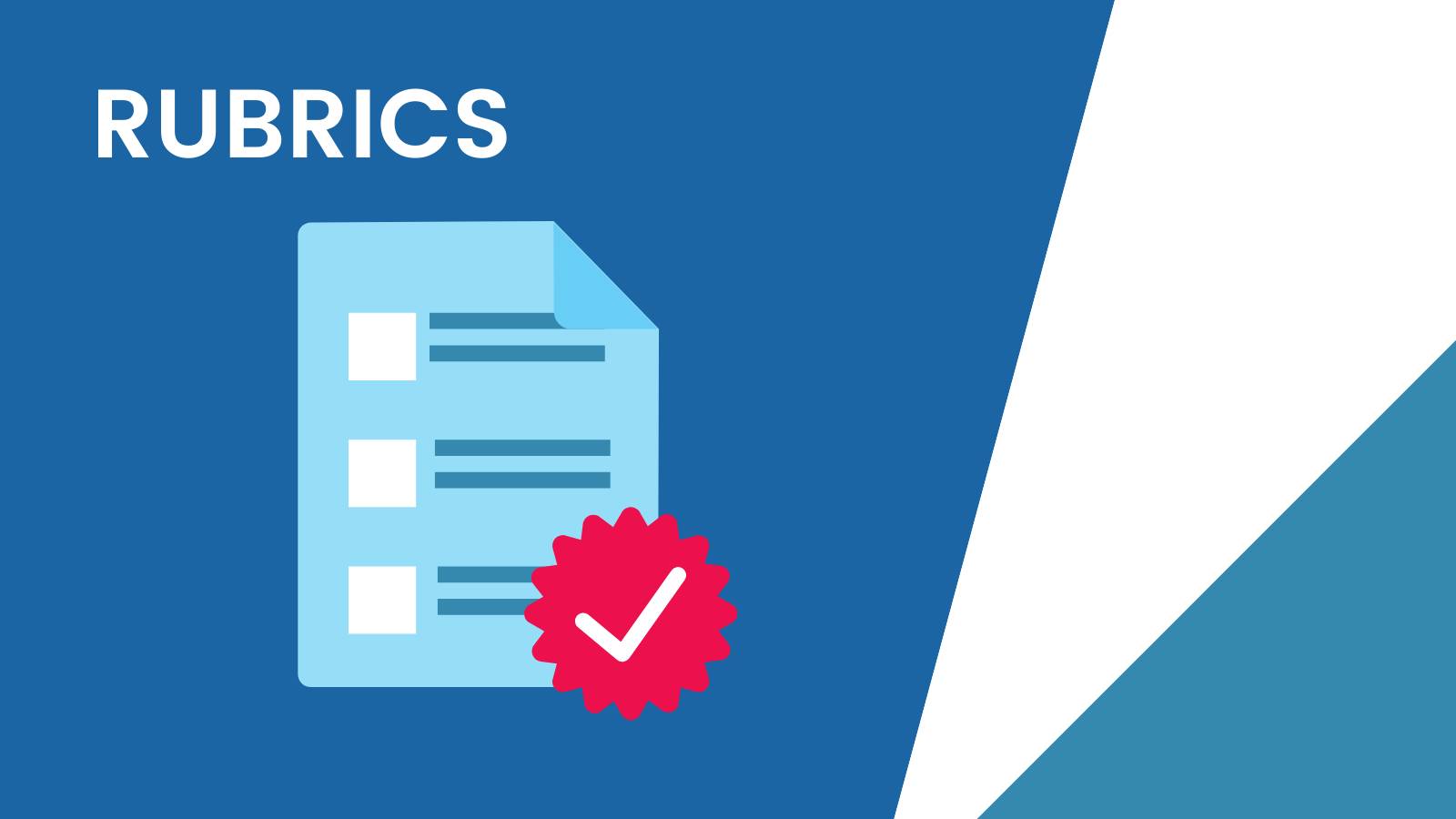10 Effective Practices for Digital Teaching
Tip 7: Prepare Discussion Posts that Invite Questions, Discussions, Reflections, and Responses
When designing your Blackboard discussion postings, be sure to create open-ended questions that learners can explore and apply the concepts that they are learning. Make sure to also stagger due dates of the responses and consider mid-point summary and/or offering encouraging comments.

How do you do this?
- Within your syllabus, provide guidelines and instruction on what you “expect” when responding to other students. For example, suggest a two-part response: (A) what you liked or agreed with or what resonated with you, and (B) a follow-up question such as what you are wondering about or curious about, etc.
- Share a rubric with your students as to how they will be assessed on their assignment and discussion board activities.
- Create a private journal in Blackboard to enable students to use reflection practices in their learning.
-
Post discussion summaries. Rather than trying to respond to each student’s posts, create a final post or weekly Announcement that summarizes the discussion and acknowledges their contributions.
-
Coach student success by encouraging and rewarding good discussion board posts. Highlight specific student’s discussion board threads in your Blackboard Announcements and during synchronous or in-seat meeting opportunities.
-
Give students opportunities to be in charge of leading a discussion, including replying to other students and posting summaries of their assigned forums.
-
Have students collaborate within their group discussion board and then have group members take turns, posting their summaries and highlights to the main discussion board where you can point out differences, similarities and common themes.
-
Embrace student diversity and unique perspectives. Encourage students to share their personal experiences and how their experiences can also connect and support what they are learning and to your course content.

- How to Make Your Virtual Discussions Engaging, Effective, and Equitable in Eight Steps (Faculty Focus, October 2, 2020 Jill Abney and Trey Conaster)
- Using Reflection to Promote Student Engagement
